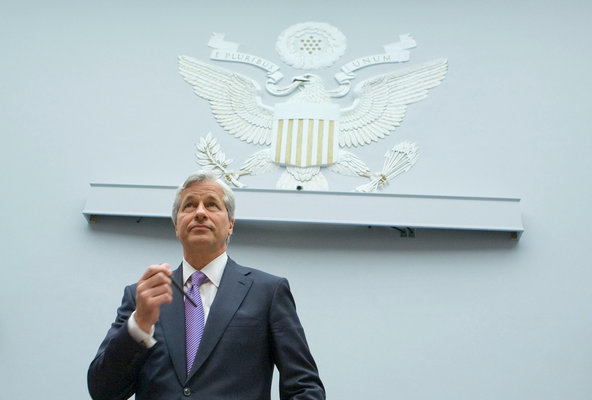The Tokyo-based electronics and entertainment giant said that it had booked a net profit of 43 billion yen, or $435 million, in the financial year that ended March 31. That compares with a loss of 456.7 yen billion ($4.6 billion) a year earlier. Sales grew 4.7 percent to 6.8 trillion yen ($68.4 billion).
Sony said it expected net profit to increase 16 percent in the current year to 50 billion yen ($505 million). It projected that sales would rise 10 percent this year to 7.5 trillion yen after the company releases a new video game console, the PlayStation 4, during the holiday season and bolsters its smartphone offerings.
The weaker yen, which makes Japanese products more price-competitive in foreign markets, was especially pronounced in the fourth quarter, from January through March. Sony said net profit was 93.9 billion yen ($949 million), compared with a net loss of 255.2 billion yen ($2.6 billion) in the same quarter a year earlier.
Higher revenue from its financial services unit contributed significantly to full-year profits. Sony has also streamlined to claw its way back to profit, dissolving flat-panel television manufacturing ventures with Sharp and Samsung, shedding its chemical product business and selling off its office buildings, including its New York headquarters, for $1.1 billion.
“We set out this year with the aim of doing everything we can to get back in the black,” Masaru Kato, Sony’s chief financial officer, said in a conference call with analysts in Tokyo. “This year, we absolutely intend to make a profit in electronics.”
Kazuo Hirai, who took over as chief executive in April 2012, is trying to revive Sony’s electronics division, which continues to lose money. Last week, Sony announced that dozens of top executives had agreed to forgo bonuses after continued red ink in the unit.
Mr. Hirai faces a struggle. Once a consumer electronics powerhouse, Sony has in recent years been outshone by the likes of Apple and outgunned by the marketing and manufacturing prowess of Samsung.
Profits in the games division were lower last year after the disappointing performance of its PlayStation Vita hand-held machine, which made its debut in late 2011. Sony slashed the device’s price this year.
Though Sony booked an annual profit, its television business lost money for the eighth straight year, with sales slumping 30 percent from a year earlier. But its losses have been narrowing as Sony has outsourced its panel-making, falling by 137.9 billion yen ($1.4 billion) from a year earlier to 69.6 billion ($707 million). Sony said it expected to finally break even in televisions this year.
The company will be helped by a major decline in the value of the yen, part of the economic policy of Prime Minister Shinzo Abe of Japan. The weaker yen buttresses the bottom line of exporters like Sony by increasing the value of their overseas earnings. Sony said, however, that as its business became more global and the company incurred more of its costs in dollars, currency fluctuations would have less of an effect.
Sony also struggled in its digital camera and video business, hurt by a shrinking market for compact cameras and camcorders as more users chose to snap photographs and take video with their smartphones. However, Sony has found some success with high-end cameras with interchangeable lenses for photography buffs.
Sales in Sony’s film business grew 11 percent, thanks to blockbusters like the James Bond movie “Skyfall” and “The Amazing Spider-Man.” The sluggish market for packaged music continued to weigh on the music division, though hits like “Take Me Home” and “Up All Night” from the boy-band sensation One Direction helped stave off a sales decline.
Sony is still seeking to exploit the relationships between its hardware business and its vast catalog of music and films. Though its entertainment business has generated healthy profits, the company has yet to deliver on its long-promised strategy of leveraging that material to sell more electronics — for example, by offering exclusive content on Sony devices.
Article source: http://www.nytimes.com/2013/05/10/business/global/10iht-sony10.html?partner=rss&emc=rss


